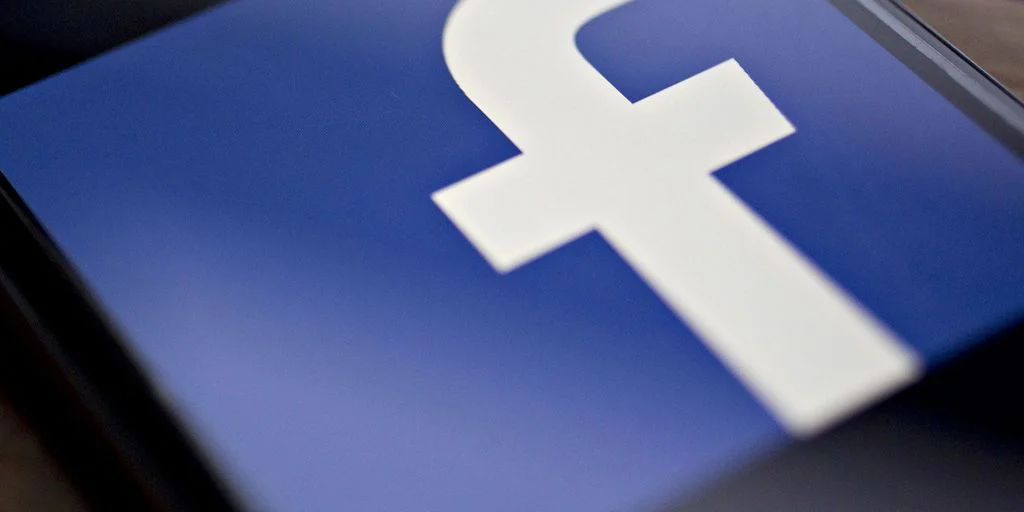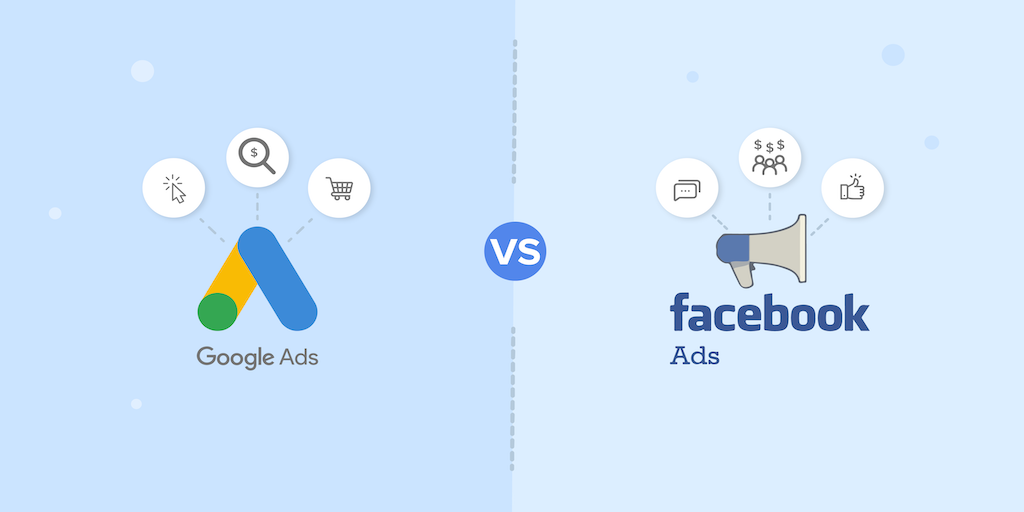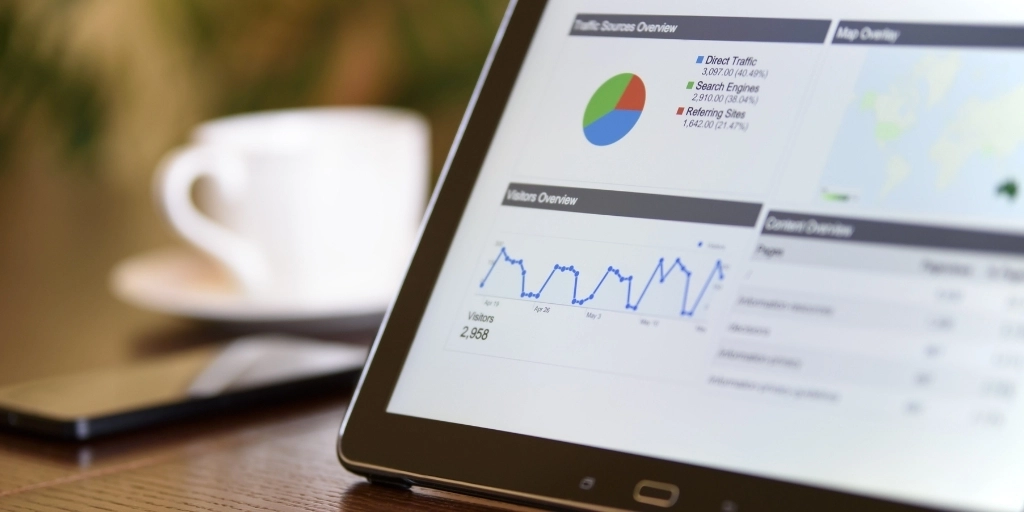
9 Tips to Unravel Facebook Ads
Facebook Ads is a powerful tool. We share with you our secrets to master it.
Facebook and Instagram are the main social networks, where approximately two billion people consume information and entertainment daily. We, who have been doing online advertising for almost ten years, have seen the enormous growth that these platforms have had, but above all, the growth that advertising has had on them and the operation of their advertising tools. Today they have a much more mature product than years ago, and in some ways is even superior to Google Ads.
Here are some tips and best practices to boost performance on this platform:
1. Ads
In Facebook Ads, the ad has a much higher relevance than in Google Search. Creativity in design and messaging can make the difference between campaign failure and success. We've seen campaigns improve up to 3x just by changing one ad.
It is essential to understand who our audience is and create ads accordingly. It can be difficult to hit the target initially, you don't have to give up, and get used to constantly trying new ads. It is a good practice, almost mandatory, to include different types of ads, such as: videos, GIFs, carousel, images, etc.
Try to make your ad explain your product or service, and how it is different from others. Do not forget that in social networks you are competing with thousands of advertisers. How will you capture the user's attention? What is your value proposition? Why your product and not those of your competitors?
2. Conversion goal
As with Google, it is crucial to optimize our campaigns based on the correct conversion goal. We believe that on Facebook it is even more necessary than on Google search. Facebook has much more personal information than Google about each user, and it is very sensitive to the purpose we ask it to fulfill. If we ask you to generate leads for us, you will generate leads at the lowest possible price, regardless of quality, on the other hand, if we ask you to generate sales, you will generate sales.
3. Segmented audience
An extremely frequent error that we see in many campaigns is that when creating the audience, they add diverse interests, until creating (not in purpose) an audience that is so broad, that it is no different than not using any audience at all. If you want to create a very specific and reduced audience, you have to be careful not to add the interests, but to create the audience with the intersection of them, choosing the “Narrow audience” option, and adding the interests one by one. one.
4. Broad audience
Facebook's optimization algorithm is so powerful (if we set the pixel and our conversion goal correctly) that there are many campaigns that perform very well with no audience at all. Why does this happen? Because Facebook's machine learning algorithms do a good job, and quickly find users who meet our objective, and by having such a wide audience, in general, the costs per impression are reduced, since the tool is going to seek to achieve more conversions at the lowest price. Broad audiences don't always work, but it's a good idea to try them out.
5. Lookalike Audiences
Facebook allows us to upload a list of customer emails, or our target audience, and based on this it will automatically generate an audience similar to this. If the company has a database of customers, or quality leads, you can use them to create a new lookalike audience. These are usually the best performing audiences, the tool does a good job of finding similar profiles.
6. Remarketing
Another type of audience is that of users who have already visited our website or app. As users, we have all experienced that after visiting a website, their ads appear everywhere. The objective is to try to convince the user to buy our product or service, or if he has already done so, to buy a different one. It's an efficient strategy, although it does require a bit of intelligence to create the right audience and not just indiscriminately show ads to everyone who was on our page. For example, in an ecommerce, we can create a campaign only for users who reached the checkout instead of all those who visited the site.
7. Lead generation campaigns
These campaigns have a huge advantage over the rest: The user can fill out a contact form directly on Facebook, without entering your site. This greatly increases the conversion rate. We can integrate these contacts with our database or CRM through different tools to contact them and then try to close the sale. The main drawback of these campaigns is that since it is so easy for the user to complete the form, many times some of the leads are of low quality, or users not really interested in what we are offering, it makes sense, since they did not even enter our site.
8. Locations (placements) of the ads
It is important when creating the ad set, to define where we want our ads to appear (facebook, instagram, feed, stories, messenger, ad networks, etc.) By default facebook will select all of them, and we have to be careful if we are not optimizing for a good conversion goal, it can happen that most of our budget goes to the wrong locations.
9. Funnel and types of campaigns
You have surely heard the word "funnel" lately. Funnel refers to the different stages a user goes through until they finally buy our product. For example: first you meet us on Instagram, then you visit our site and read our product description, compare prices, add the product to the cart, and finally make the payment. These stages can occur on the same day, or over several days, or even weeks or months. It is essential to understand that not all users are at the same stage of the funnel. Some are ready to buy, credit card in hand, while others need days or weeks to make a decision.
With Facebook Ads we can create different types of campaigns for different stages of the funnel. For example, if we have a strong Instagram page with good content, we can first create reach or engagement campaigns to get users to know about us on Instagram. Then, with that audience, create site traffic and conversion campaigns so that they know about our website, which is where they will be able to contact us or make a purchase. To finish, we can create another remarketing campaign with a conversion objective for users who have already visited the site and did not buy, at the end of the funnel.
We hope you found these tips useful to start or to optimize your Facebook Ads campaigns. For more information you can visit our agency here: www.oldfox.io
OLD FOX
More posts:
Meta Ads or Google Ads?
Which platform should you use?
Demystifying Google Ads Budget: How Much Should You Spend?
One of the questions we receive more often



